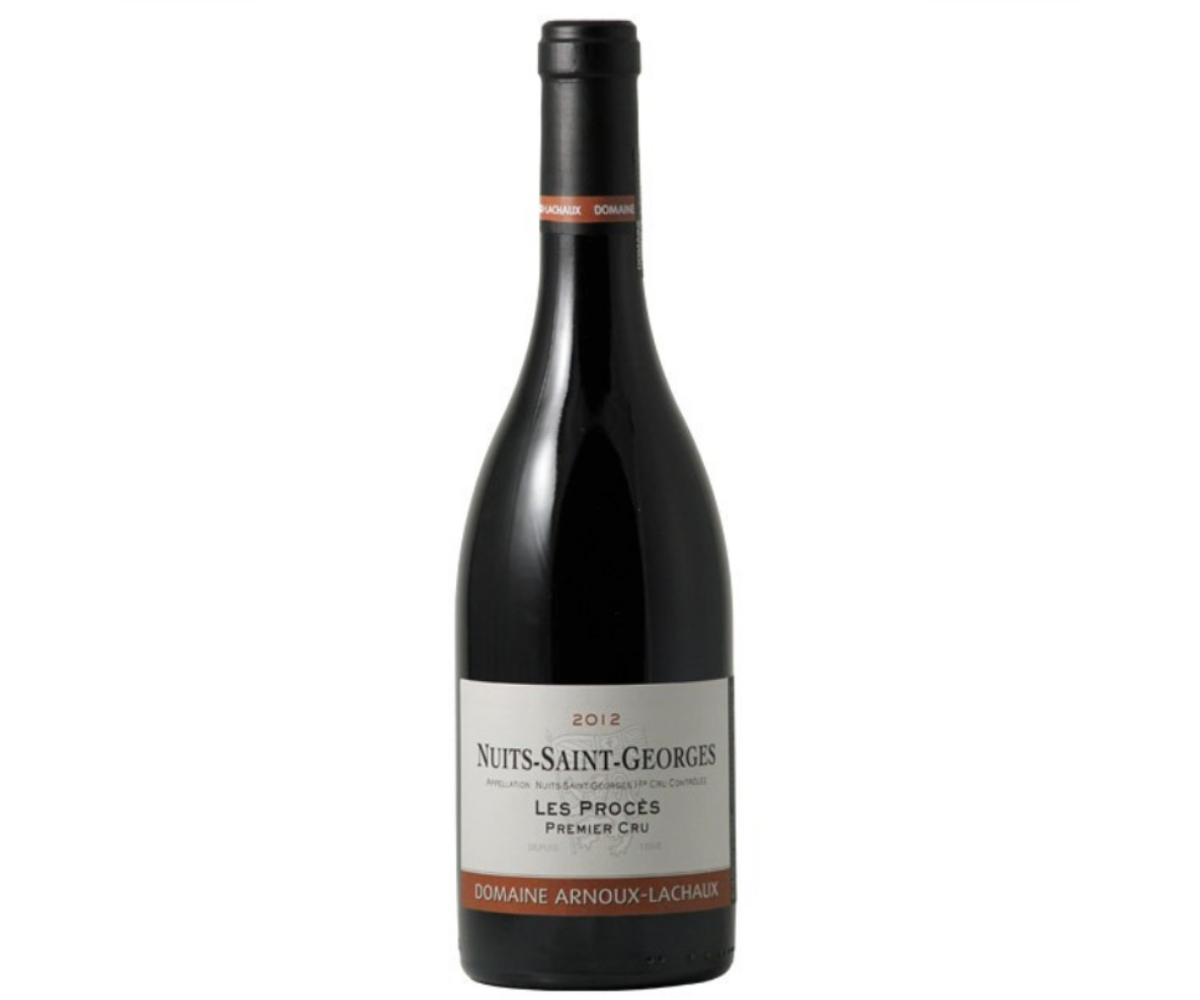Domaine Arnoux-Lachaux Bourgogne 2016

At $28,700 a bottle, the burgundy region produces some of the most expensive wine in the world
If you’re a fan of Australia’s most iconic red, Penfolds Grange, but balk at the lofty prices, spare a thought for disciples to the Grand Cru pinot noir of Burgundy which have just smashed through the US$20,000 a bottle mark!
Unless you’re on the Forbes List, you probably don’t crack these bottles every day, but Domaine Leroy Musigny Grand Cru (DLM) and Domaine de la Romanée-Conti’s Grand Cru (DRC) are now vying neck and neck for the title of world’s most expensive wine.
Historically, the Romanée-Conti has held the mantle as the most costly drop on the planet, but over the last five years, the Musigny has more than quadrupled in price, and such is the demand for the wine that as of April this year, it has officially become the most expensive wine on earth!
So why is it that the Musigny has become the world’s most expensive example of a wine from France’s best-known region?
Well, you’d probably be better to ask the collectors around the globe who shell out the GDP of a small African country each time they acquire a carton of this extravagant vino, but I’m guessing that it’s as simple as supply and demand.
The Burgundy region covers a small strip of terroir which is only about 100 kms in length and as narrow as two kms wide at some points. There are only around 25,000 hectares under vines – and combine this with the fickle nature of the pinot noir grape and it’s easy to understand why production isn’t high.
To put that in perspective, the famed Bordeaux region which also pulls a pretty penny for its acclaimed wares is almost five times larger – with about 120,000 hectares under vine.
And Burgundy, of course, also has history on its side. Viticulture in the region can be traced back to the early Christian monks but it flourished with the Cistercians through the 14th Century who realised that different sites could produce vastly different wines and the development of “crus” began.
These days there are over 100 Appellations d’Origine Contrôlée (AOCs) in Burgundy (which is more than any other wine producing region in France) which focus primarily (if not almost exclusively) on only two grapes, pinot noir and chardonnay.
The most expensive chardonnays come from Le Montrache and Corton-Charlemagne where the Grand Cru whites fetch in excess of $6,000 a bottle, but that’s a far cry from the stupid (if you ask me) prices being paid for their finest pinot.
For most of us, sampling a Musigny or Domaine de la Romanée-Conti is but a pipe dream, but if you enjoy a pinot and long for a tryst with a red Burgundian beauty, the Bourgogne sub-region offers more affordable options. They may not be the top shelf stuff, but at $40 – $400 a bottle here in Australia, you don’t need to be an oil baron to share in the experience.
Bourgogne does have its own expensive Grand Cru wines, mainly from the Côte de Nuits region, but most are sold with a ticket price that doesn’t look like a postcode!
One that I found at the Wine Emporium at Newstead was the Domaine Arnoux Lachaux Bourgogne Rouge 2016. Though perhaps not “stratospheric”, it’s still expensive at around $95 a bottle, but comes from four different low yielding vineyards. It’s still a young wine so is a little on the vibrant side but shows ripe cherry and strawberry characters up front and an evolving sweet raspberriness through the middle. There are subtle spices, truffled undercurrents and fine tannins to balance the generosity of fruit, and an aura of freshness to the silky conclusion.
It might not have the prettiness of some of its far more expensive siblings, but at the (relatively) modest asking price, it’s a flirtation with Burgundy that doesn’t require a second mortgage!